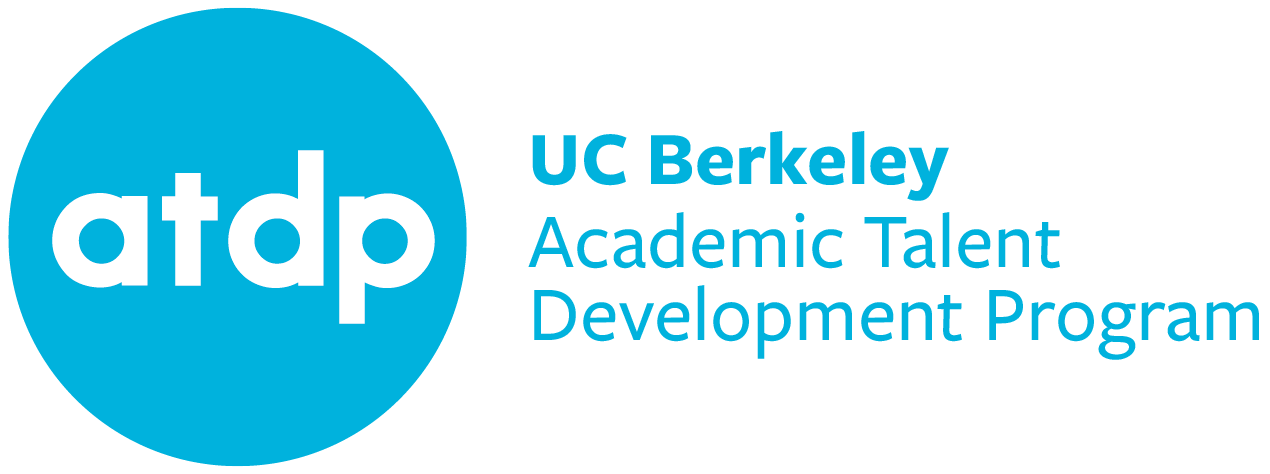Anticipatory Socialization in the Elementary Classroom
At Elementary Division, ATDP invites its students into the academic community through play, through romantic engagement.
Researcher Susan Engle (2005) captures our goal and context perfectly when she describes children as:
…budding experts who absorb information and ideas from experts within their culture, and who practice, amassing strategies, information, and techniques that lift their thinking to a higher level within that domain or discipline. Their knowledge therefore is both culturally specific and domain specific. Children’s skills emerge from experience with a certain set of materials and goals and reflect the community and habits within which they are learned and used. (p. 171)
Play: The Best Way to Accrue Intellectual Capital
Nearly a century ago, Alfred North Whitehead spoke of three stages of knowledge development:
- Romance: the learner is intrigued by the novelty of new knowledge, and explorations are guided by the immediacy of the materials and questions at hand.
- Precision: the learner begins to prioritize specific and thorough understanding over hunger for a breadth of new knowledge.
- Generalization: the learner applies the concepts and principles honed during the stage of precision to other areas.
And then—and here is the most important part—the cycle begins again, within the learner, as he or she returns to romanticism with the “added advantage of classified ideas and relevant technique” (Whitehead, 1929, p. 19). The cycle begins again within the learner, not at the bidding of the teacher or at the timing of the test or at the beginning of the new curriculum unit. While some scholars might argue that Whitehead’s rationalist model can no longer be defended, given that much of our knowledge is distributed in ways that are external to the learner, it is nevertheless intriguing in that Whitehead appears to have recognized the importance of a romantic spark—some form of engagement with ideas, at least—as a necessary condition to learning (Uupitis, 2003, p. 59).
Playful Tales to Teach Serious Subject Matter
In myriad ways, ATDP invites young students into the academic conversation—the authentic one that takes place when people who know a lot get together to discuss the topics about which they’re most passionate. The heart of the conversation takes place between ATDP teachers and students in their classrooms. The conversations don’t end there, however. They can be heard continuing on the playground, in carpools, at home, and at regular school the following fall. When parents visit Nora Trustman’s room to inquire about her popular Greek Mythology class for first graders, she recommends children learn mythology for “a nice springboard for when they start writing stories on their own.” She uses the tale of Pandora’s Box as an example of children learning a story, itself very rich in visual details, and then adapting the format to a story of their own telling. Students learn, perform, and discuss the myth. Then they construct their own Pandora’s Box, filling it with significant objects to tell parents, guests, and fellow students a fascinating story of their own.
For the parents’ reference during the course, and for students’ reference long after the summer ends, Nora Trustman has created a bound handbook, complete with a bibliography, filled with activities for children and parents to do together as the class progresses. The syllabus contains a shortened version of each of the myths to be studied in class, to be read in pace with the class, but not ahead, so as to maintain surprise and magic. There is a pronunciation guide, as well as word lists and additional resources. There is also an open invitation to students and parents, asking them to share books and ideas as they discover them.
By the time her students have prepared for the culminating Mount Olympus feast, they have steeped themselves in the tradition of Greek myths and each Greek Mythology student has become a resident expert on the god or goddess he or she has selected to portray. All know so many specifics of many kinds of stories, that they are able to allude to and apply lessons from mythology to their own unique and shared experiences.
However, when inviting students to join her on Mt. Olympus, Ms. Trustman uses different language, promising that “. . . we will meet the heroes, tricksters, monsters, gods, and goddesses of Ancient Greece. We will dress as [our] favorite mythical figure, entertain guests with role plays of myths we have studied, and we will all feast on the delights of the gods and goddesses of Mount Olympus.”
Each three-and-a-half hour class meeting is replete with movement, action, color, art, music, all centered on excitement made possible by possessing more and more detailed knowledge of Greek mythology. The interaction of imagination, play, and mythological characters ripe for role-play provides a magical framework within a context perfect for absorbing huge amounts of information and feasting among the experts.
Engle, S. (2005). Real kids: Creating meaning in everyday life. Cambridge, Mass: Harvard University Press.
Uupitis, R. ‘In Praise of Romance.’ Journal of the Canadian Association for Curriculum Studies Volume 1 Number 1 Spring 2003 pp 53-66.
Whitehead, A. N. (1929) The aims of education. New York: Macmillan.
On Student Learning in the Secondary Division…
- Rekindling the Joy of Learning in Secondary Education
by Beverly J. Vandiver, Head Counselor - Study: Metacognition in ATDP Students
by Adena Young, Math Department Chair - Summer’s Sociologists
by Shadrick Small, Program Staff
